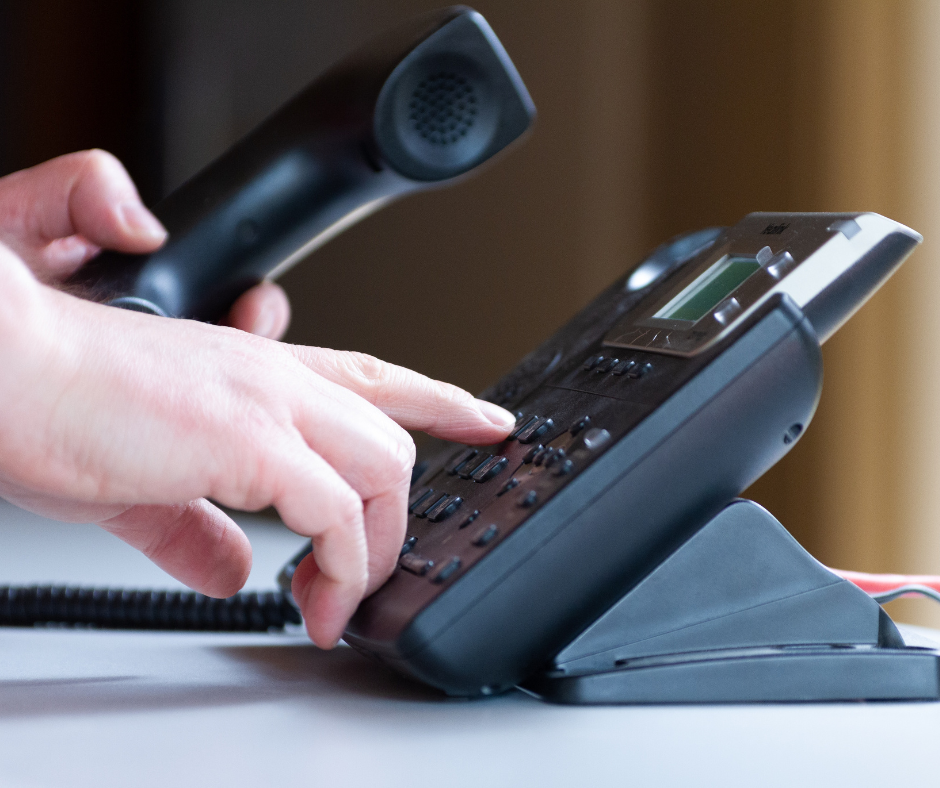The terms ‘Business Continuity’ and ‘Disaster Recovery’ are often used together, interchanged, mixed up and misunderstood! While they may sound similar, they are in fact different, and should be treated as such.
A Business Continuity Plan (BCP) details systems and processes for ensuring the business can continue to function in some capacity in the event of a disruption or disaster, with a focus on procedures to limit downtime. Disaster Recovery is part of a BCP, and is concerned with restoring processes, systems and IT infrastructure and data following a disaster, with a focus on getting back to normal business functions.
To demonstrate this in the real world, a BCP would include a strategy for continuing business operations in the event of a cyberattack. While Disaster Recovery would include steps for recovering any data lost during the attack and making any repairs or changes so the business can return to normal operation.
A BCP should regularly be tested to ensure it is fit for purpose, and a successful BCP will mean minimal disruption to business operations during this time. Whereas Disaster Recovery will include scenario planning, will often include precautions to be put in place prior to any incident (regular system backups, for example), and should also be tested regularly.
We recently carried out a Disaster Recovery Failover with a customer, who confirmed;
“In the event that we need to use the DR in, we would have the agents log out of the prod dialler and log into the DR Portal, we tested this today and were able to make inbound and outbound calls from the DR dialler so I am happy to sign off that the DR is operational and working.”
While they have different functions, they often come hand in hand, as both are required for a business to successfully navigate through a disaster. Find out more about business continuity and recovery planning here, or speak with our experts who can guide you through ensuring your business is prepared for every eventuality.




